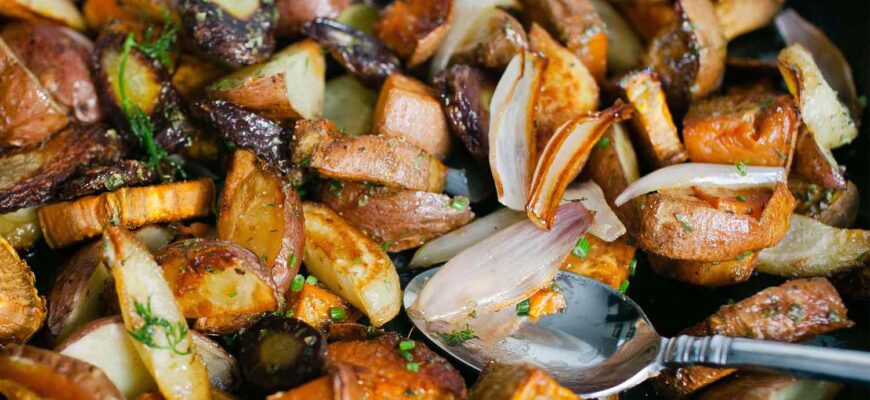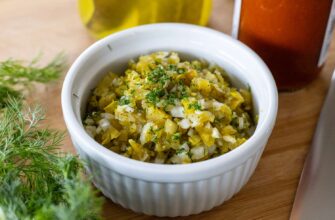Close
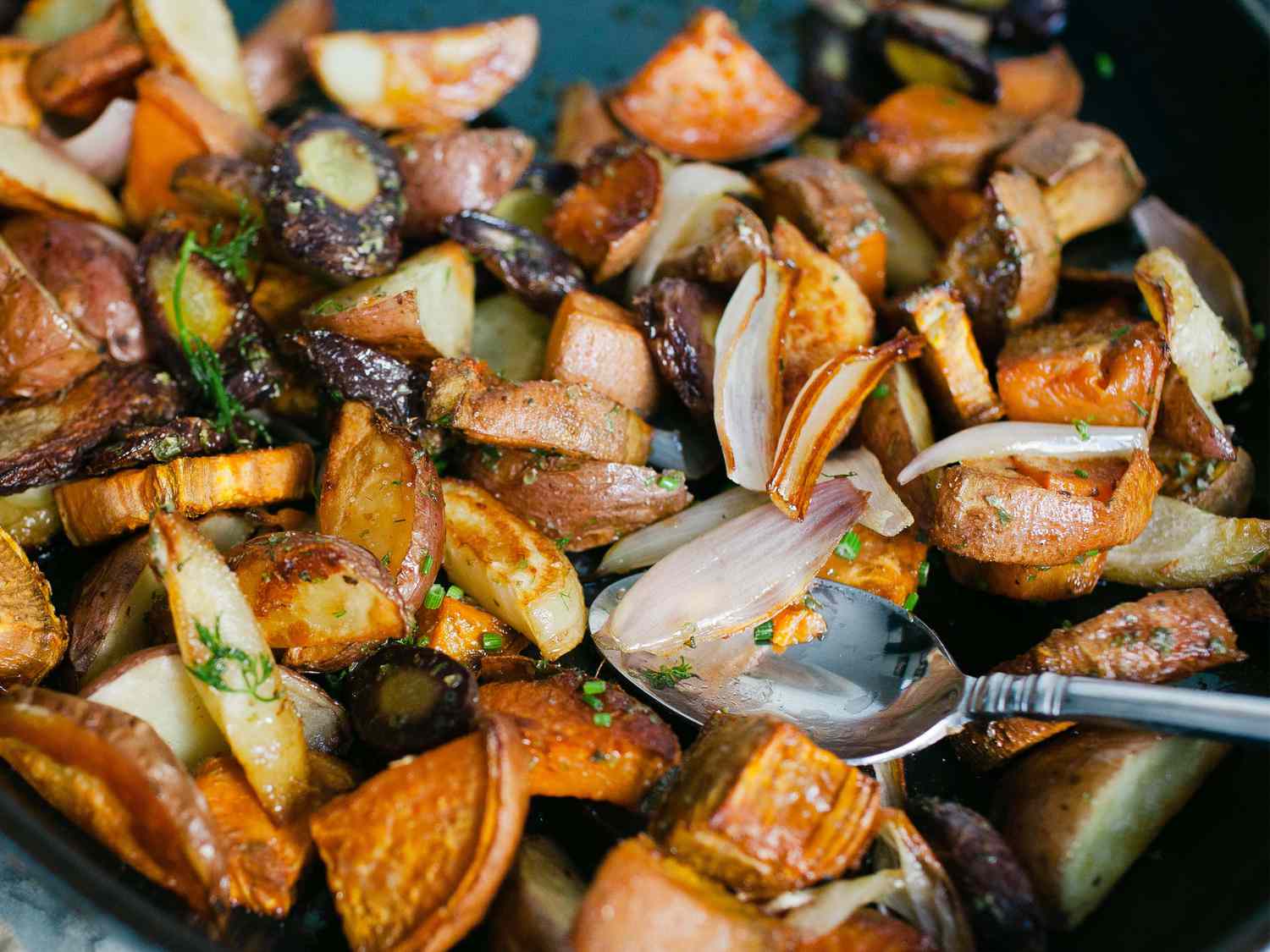
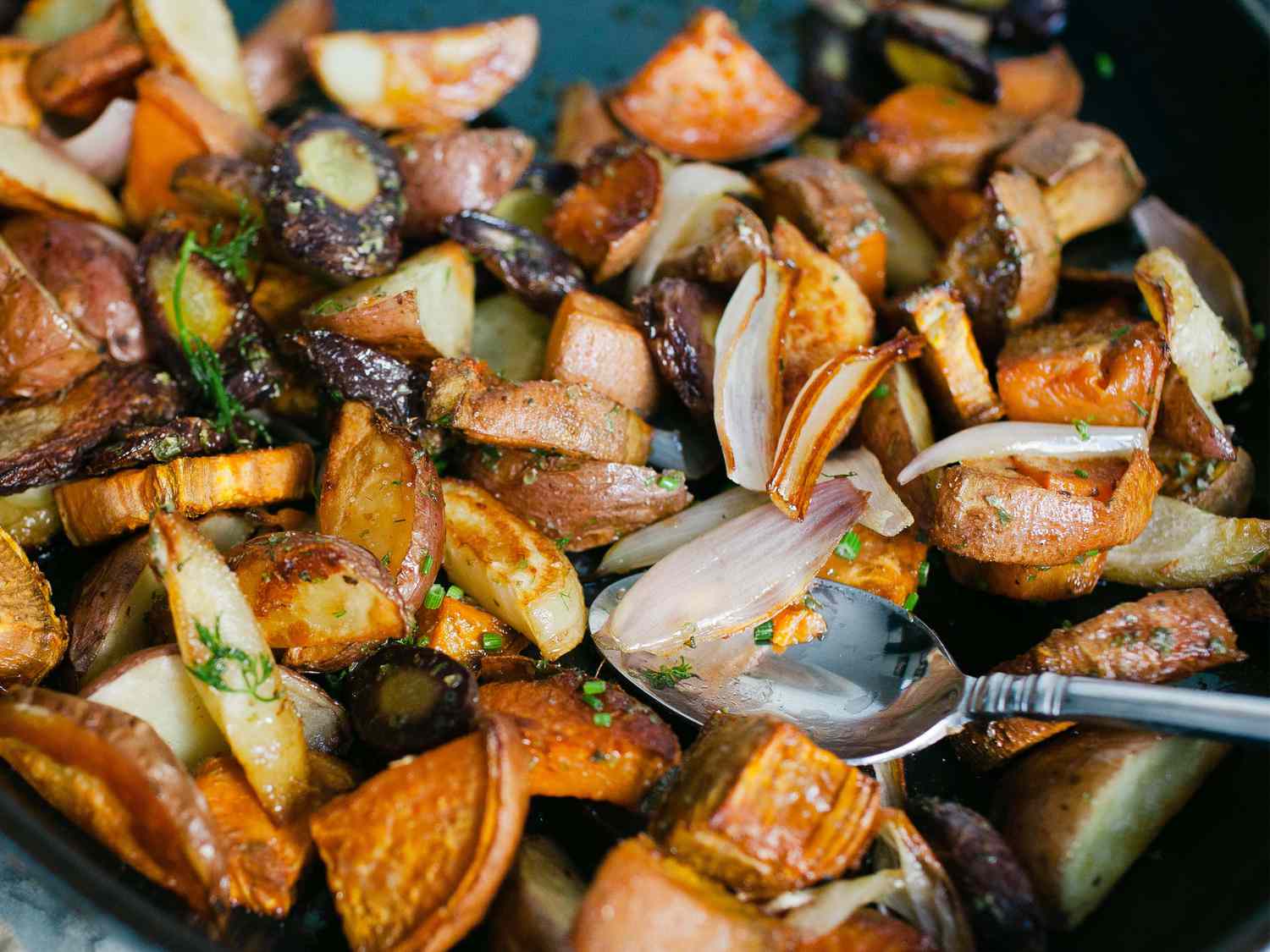
Photo:
Natasha Titanova
I could eat roasted vegetables seven days a week—probably, if I’m being totally honest, more than once a day. Compared to boiling or steaming, roasting vegetables unlocks the most savory elements of them, as well as locks in flavor. But even the most passionate roasted vegetable lovers look for ways to switch things up to keep different flavors and textures in the rotation. Whether that means adding herbs to the pan, a sprinkle of different spices, some cayenne pepper or chili flakes for heat, or topping them with toasted nuts or sesame seeds, one of the most important things in any type of cooking is to keep things interesting, versatile, and calling you back for more.
I’ll be the first to admit that never, in a million years, did I think that would mean swapping my beloved extra virgin olive oil for mayonnaise. It turns out, mayo is actually a fail-proof, powerhouse ingredient for roasting vegetables, yielding some of the most delicious and crispy exteriors you can imagine. If you’re skeptical, you’re not alone. I was right there with you—until I tried it. Now, there’s no looking back from here.
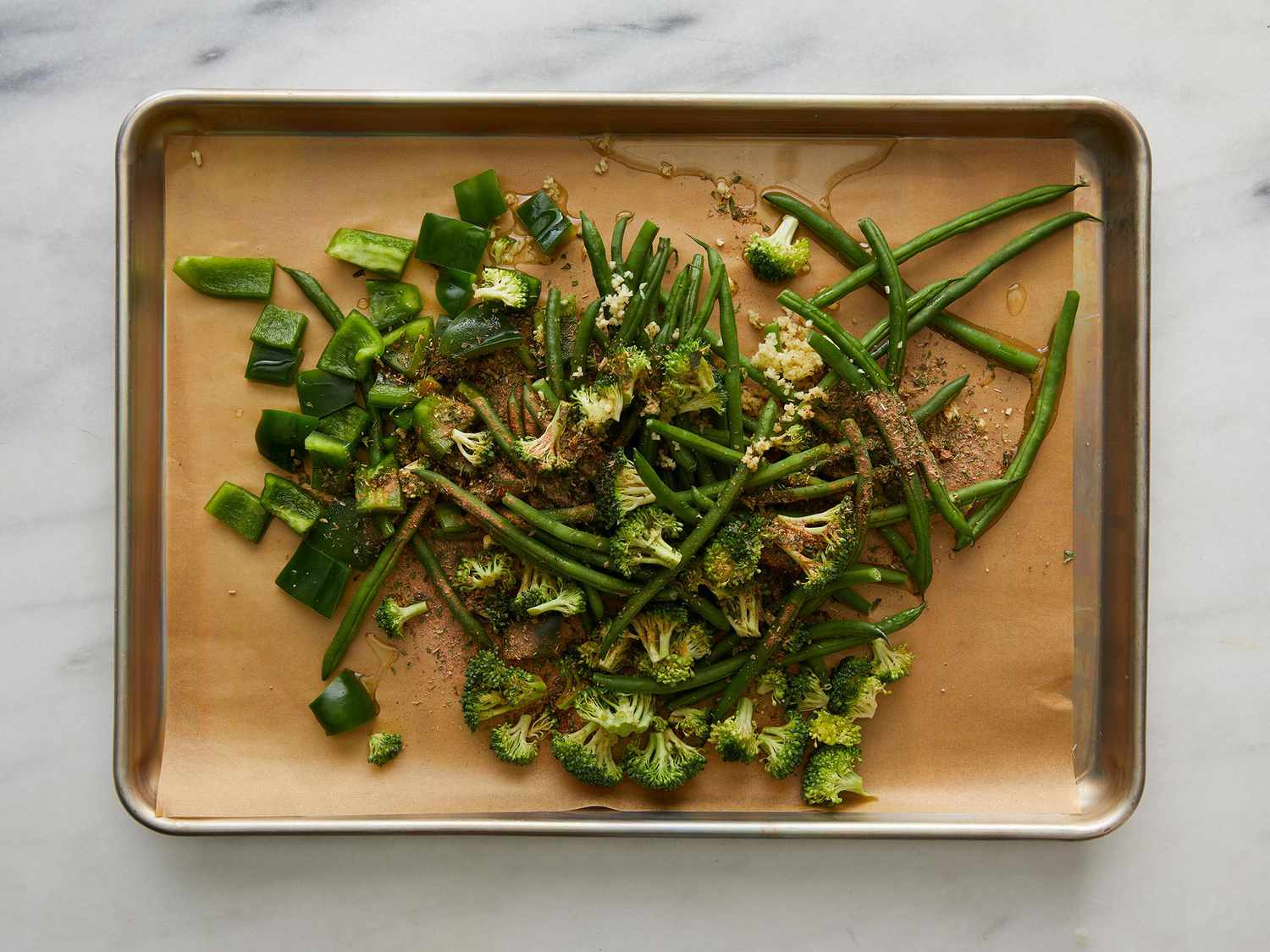
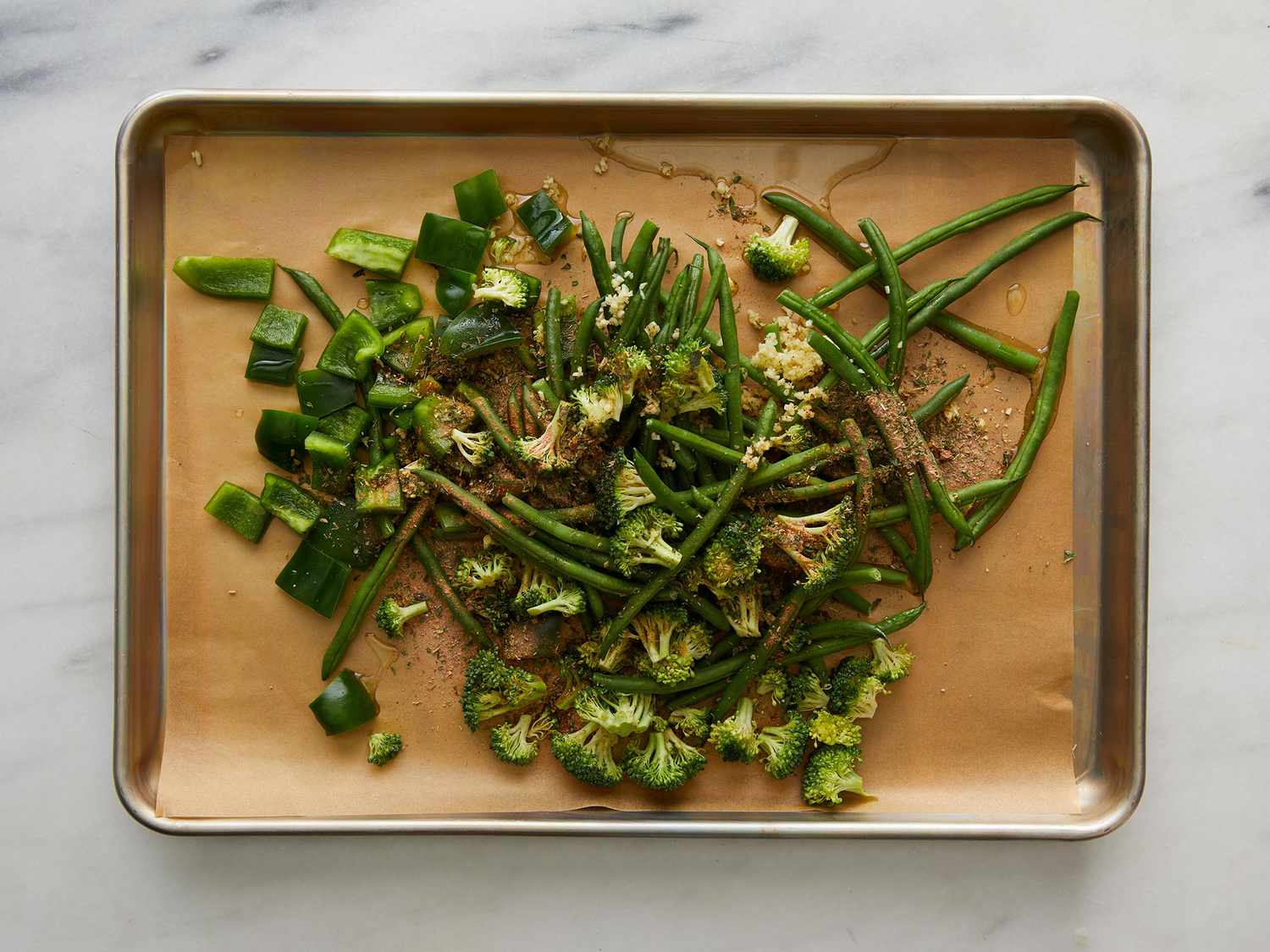
Dotdash Meredith Food Studios
Why Does Mayo Work for Roasting Vegetables?
We’ve all seen the viral grilled cheese with mayo recipes. When swapped for butter, a layer of mayonnaise gives grilled cheese an even crispier and flavorful crust. The same goes for roasted vegetables. As opposed to olive oil, mayo is made with both eggs and oil, meaning it contains more flavor. It also has a higher smoke point than olive oil, which means you run a lower risk of burning a pan or roasted vegetables cooked at a high temperature. When tossed with vegetables, creamier mayo will coat and adhere more evenly than slippery olive oil, creating a crispy, crunchy outer coating that also enhances flavor. Are you sold on this method yet? Keep reading to learn how to master roasted vegetables with mayo.
How to Roast Vegetables With Mayo
When roasting vegetables with olive oil, the general rule of thumb is to use one or two tablespoons of olive oil for every pound of vegetables. The ratio is a bit different when it comes to mayo. For each pound of vegetables, use a quarter of a cup of mayonnaise. Add the vegetables to a bowl that's large enough to comfortably mix the veggies in, then add the proper amount of mayonnaise. Season as you would with olive oil, using salt, pepper, and any herbs or spices you like. Just keep in mind that mayo already contains salt, so you might want to use a light hand when reaching for salt.
Whipping together a flavored mayonnaise, like chipotle mayo or sriracha mayo, would also work wonderfully, especially with corn or carrots. I imagine truffle mayo would taste amazing on potatoes, and roasted garlic mayo or aioli would elevate onions, Brussels sprouts, zucchini, and eggplant, opening up a whole new world of fun and delicious flavor profiles.
Roasting vegetables is one of the most hands-off ways to cook, and with mayo in your back pocket, weeknight meals just got a whole lot tastier!
Was this page helpful?
Thanks for your feedback!
Tell us why!
Other
Submit
